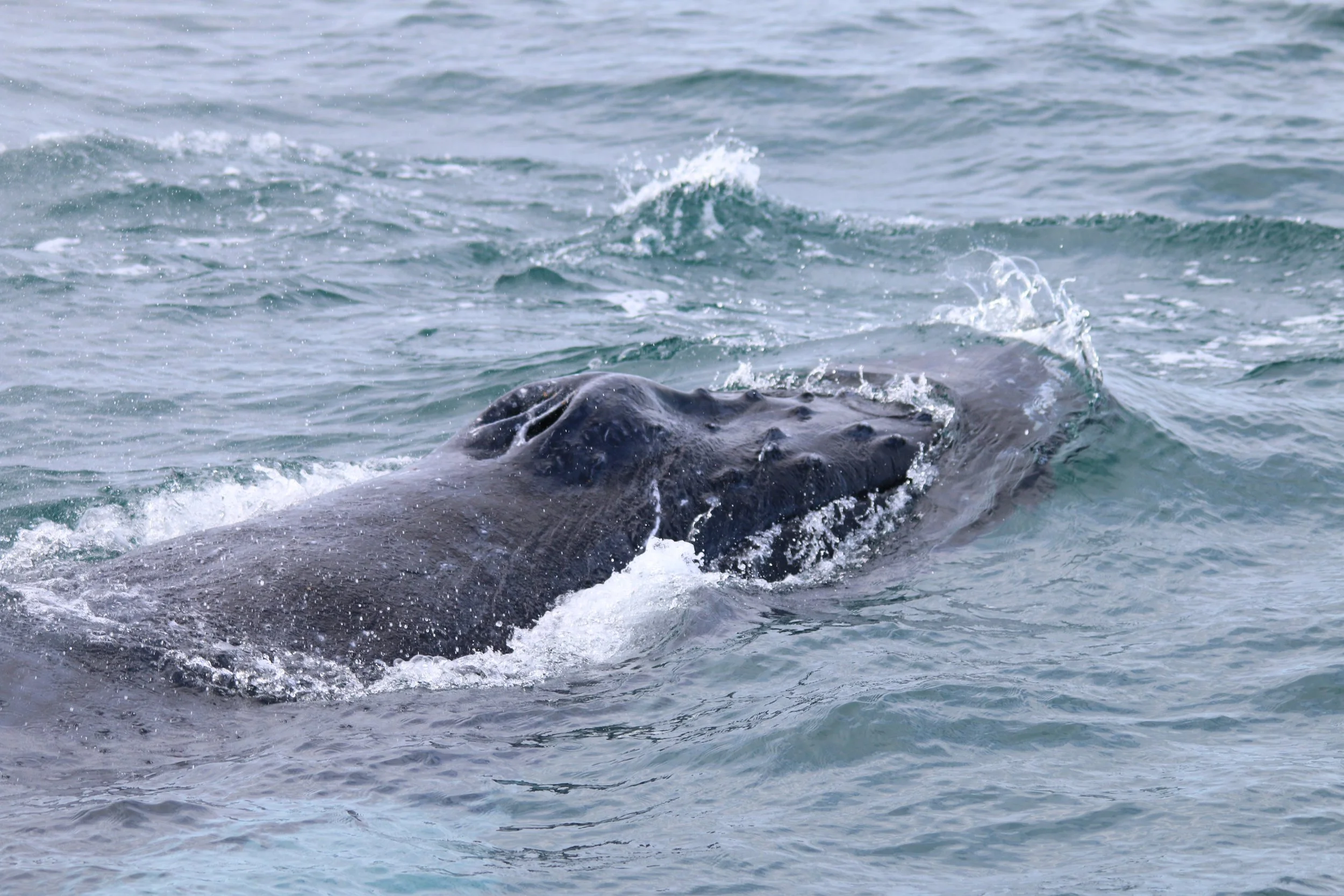Community scooping whale poop to study the diet of whales in Scotland
A project is underway to investigate what whales are eating off Scotland’s west coast by examining the make-up of their poop! We are delighted to be part of the team - led by Dr Conor Ryan - collecting samples, armed and ready to scoop from the deck of our research vessel, Silurian. Read more about the project below…
Spirits have been high among whale enthusiasts around The Minch in recent years, as larger whale species like fin and humpback whales have been settling in the region. While the smaller minke whale has been commonly seen for many years, the arrival of their larger cousins raises questions about what is sustaining their enormous appetites.
“Large baleen whales like fin and humpback whales are choosing to return to the waters around The Hebrides each year to feed, however we don’t yet know what prey species are enticing them inshore.”
To seek answers, the Wester Ross Fisheries Trust has sought the assistance of a team of mariners who regularly encounter or work with whales: commercial fishers, whale-watchers and scientists. With a grant from the Community Marine Biodiversity Monitoring Project – a partnership between NatureScot, Fauna & Flora and the William Grant Foundation – the crew of six vessels that ply The Minch aims to monitor whale diet by scooping up whale poop using bespoke sampling nets.
A humpback whale feeding on a swarm of krill in The Minch. Photographer: Steve Truluck.
“This research is a wonderful example of a community project playing an important role in monitoring how whales are faring in the Outer Hebrides. Learning what whales eat will, in turn, help us understand how to protect both them and all the vital marine life in their food cycle.”
The discovery in 2024 of bright orange whale poop by Hebridean Whale Cruises crew Steve Truluck and Shenley Lloyd prompted the new research efforts, after they brought a whale poop sample to the Wester Ross Fisheries Trust for analysis. They also photographed humpback whales gorging on krill. Whether it is krill, herring, other prey or all of the above that is feeding the whales has yet to be fully determined.
Shenley Lloyd scooping up a whale poop sample in The Minch. Photographer: Steve Truluck
“With the help of the local community, we have been monitoring recently rediscovered herring spawning grounds off Gairloch. In springtime, herring congregate to release spawn onto beds of maerl (coral-like seaweed). The gathering attracts all manner of predators including whales, dolphins and seabirds. The spawning can even be seen from space!”
The goal is to conduct stable isotope analysis on the poop samples to work out what proportions of fish or zooplankton make up the diet of these whales. Without knowing what the whales are eating, it is hard to protect them. The samples can also be used to genetically identify digested prey species and to investigate the degree of plastic ingestion in these whales.
“Scooping whale poop has the potential to unlock some of the secrets that these whales are keeping, by non-invasive sampling.”



